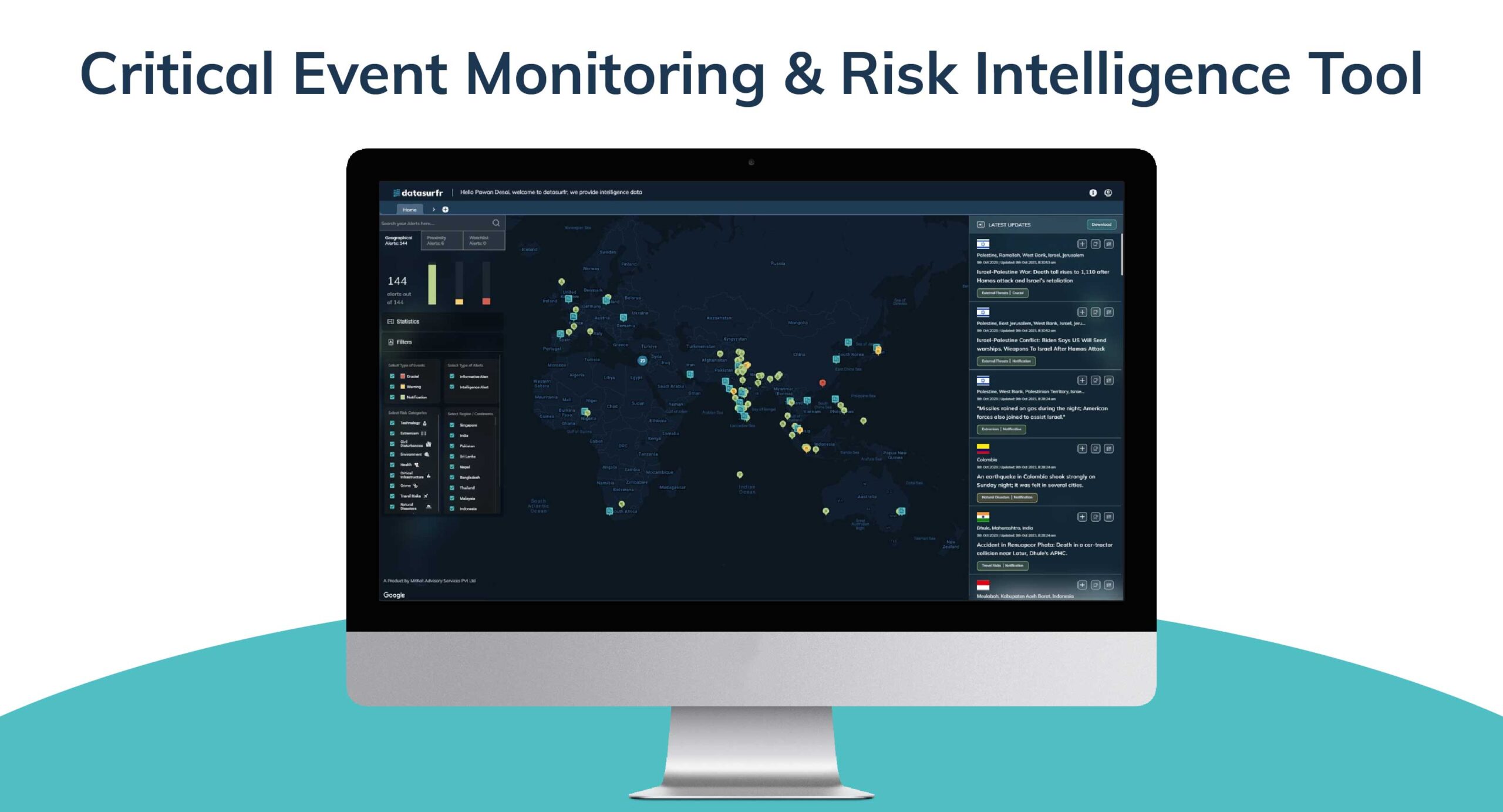Locations Affected: Indonesia
On 16 July, Indonesia finalized a trade agreement with the United States that sets a uniform 19 percent tariff on Indonesian exports—lower than the initially proposed 32 percent. In exchange, Indonesia committed to long-term procurement of US goods, including 50 aircraft, USD 15 billion in energy imports, and USD 4.5 billion in agricultural products. The deal includes an enforcement clause aimed at preventing transshipment from third countries through Indonesian ports to access preferential tariffs.
Reason for the Trade Deal
The agreement reflects a broader recalibration in US trade policy under President Trump’s second term, aimed at reducing trade deficits and promoting bilateral deals over multilateral ones. For Indonesia, the deal helps preserve access to the US market while avoiding higher tariffs. Indonesian exports to the US—worth around USD 40 billion in 2024—span textiles, electronics, footwear, rubber, and palm oil derivatives. It is believed the agreement could also help Indonesia demonstrate compliance with global trade norms and secure a competitive position among regional peers.
Impact of the Agreement on Trade and Businesses
- Customs and exporters may face more scrutiny, documentation checks, and delays—especially in electronics, garments, furniture due to the transshipment enforcement clause, especially in sectors with complex supply chains like electronics, garments, and furniture.
- Stricter origin rules may lead to an increase in illicit routing, fake documentation, or informal trade practices.
- Sudden changes in tariffs and compliance rules can disrupt existing commercial terms. Exporters may need to renegotiate contracts, and buyers could delay or cancel orders amid uncertainty on pricing or delivery schedules.
- Mandated imports of US agricultural and energy products could alter local market dynamics. Domestic producers of corn, soy, coal, and beef in Indonesia may face reduced market share or downward pricing pressure, while downstream users could shift sourcing if imported prices are lower. Domestic producers or port worker unions could raise objections/protest over fears of job loss or foreign competition.
- Enhanced customs checks and digital systems may temporarily strain key ports like Tanjung Priok or Batam. This could slow down cargo handling and increase demurrage or warehousing costs for exporters. It is also possible that higher customs surveillance may expose vulnerabilities in port logistics, increasing physical and cyber risk.
- Large dollar-denominated purchases may widen Indonesia’s trade deficit in the short term, affecting the rupiah and increasing forex risk for businesses that import machinery or raw materials.
- Uncertainty over enforcement mechanisms, rising compliance costs, and shifting trade alignments may cause delays in FDI or capacity expansion decisions, especially in sectors considering Indonesia as a production hub. These could include manufacturing (export-oriented), logistics, port infrastructure or energy/mining, industrial parks/SEZs developers.
- Firms may face exposure if existing contracts are not aligned with new tariff rules or country-of-origin provisions. There is potential for disputes or reputational issues with global buyers.
- US trade focus may create friction with other partners or lead to countermeasures in regional supply chains.
Outlook on the Situation
While the Indonesia–US tariff agreement averts steeper trade barriers and is designed to help preserve access to its major export market, the implementation will likely bring short- to medium-term adjustment risks for businesses as Indonesia enforces strict anti-transshipment rules, digitises and upgrades customs systems and handles more inspection at ports. Investor sentiment may remain cautious in the near term, particularly in infrastructure, logistics, and manufacturing. However, over time, improved trade transparency, customs digitization, and bilateral engagement mechanisms could support a more stable regulatory framework, aiding longer-term competitiveness.


